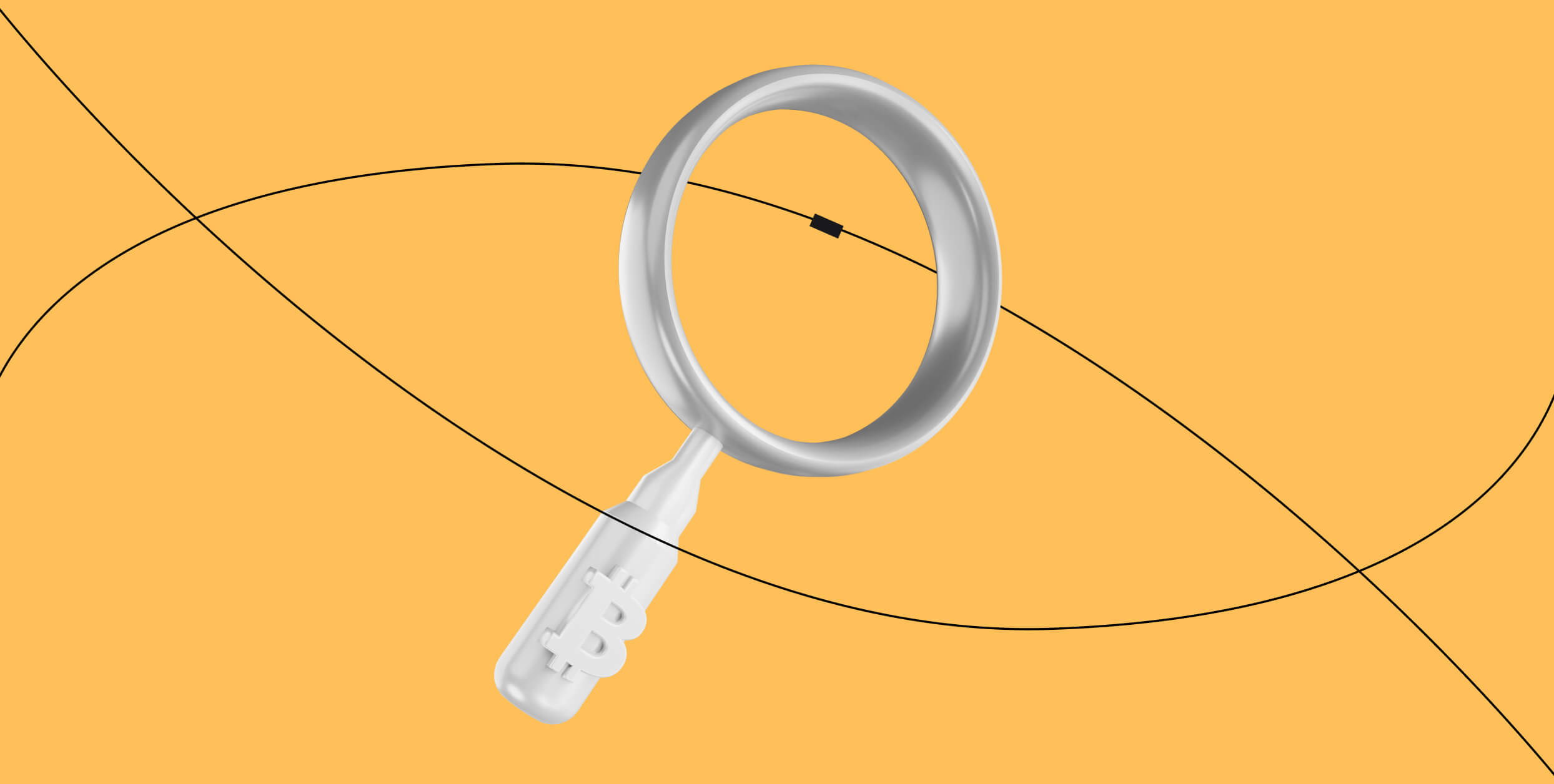At the V20 Summit in November 2020, the co-chair of the FATF’s Virtual Asset Contact Group, Sandra Garcia, stated that regulatory requirements for P2P exchanges may emerge in 2021 to combat AML, as they come under the same hood as VASPs. The FATF is currently collecting data on P2P exchanges to allow their guidelines to reflect P2Ps (likely to be added June 2021).
Introduction:
Since regulation of Virtual Asset Service Providers (VASPs) by the Financial Action Task Force (FATF) began back in 2019, Peer-to-Peer (P2P) exchanges have always been considered in the same vein as these crypto service providers. Now, however, some P2P exchanges are claiming that they operate outside the remit of the FATF. At the V20 Virtual Asset Service Providers Summit in November 2020, the co-chair of the FATF’s Virtual Asset Contact Group, Sandra Garcia, said that specific regulatory requirements for P2P exchanges may emerge in 2021.
In June 2021, the FATF will publish a 12-month progress review, as well as updated guidelines for VASPs, and some of the updates will be related to P2P transactions and unhosted wallets. The FATF is currently collecting data on P2P exchanges to provide further clarity on what kind of transactions are being regulated by FATF guidelines right now, and what should be added to the guidelines to accommodate P2P exchanges. This step that should be done to ensure P2P exchanges don’t slip through the cracks when it comes to FATF regulatory developments for money laundering offences.
The Crystal team decided to analyze P2P exchange activity to see whether the FATF’s intentions to bring tighter regulations has affected the amounts of bitcoin transferred to and from these decentralized exchanges from January 2019 to December 2020.

Transferred P2P exchange amounts (in USD) were relatively stable over the two-year period, but then grew by the end of 2020 – even after the FATF announcement of intentions to bring P2P platforms under tighter regulations. In fact, the amounts received and sent (in USD) in December 2020 were much higher than in January 2019; 164% more was sent and 197% more was received by P2P exchanges in 2020.
However, the amounts transferred in bitcoin had a descending trend over the last two years. There was a hike in the received and sent amounts in March of 2020, but this was caused by bitcoin whale manipulation on BitMEX, so it was an atypical and isolated case. The amounts received and sent in bitcoin in December 2020 were -55% and -50%, so lower amounts than in January 2019. There is also a noticeable decline of transferred amounts in bitcoin in November and December 2020, and this is most likely related to the statements made by the FATF at the V20 Summit.

By comparing the USD/BTC rate and the P2P exchange received amount (in BTC), we can observe an interesting asymmetrical or opposing trend: in the majority of cases where the price of bitcoin grew in comparison to the previous period, the amount of received bitcoin by P2P exchanges dropped, and vice versa. The possible reason for such behavior is that people are more active in buying bitcoin when the price is decreasing with the purpose to hold the coins and sell them when the price rises again. The overall downtrend of received bitcoin amounts by P2P exchanges could be telling us about declining popularity in such platforms, despite the significant increase in the price of bitcoin.

From 2019-2020, an opposing trend can be seen in the received amounts of BTC by P2P exchanges and Non-P2P exchanges. Despite the fact that both Non-P2P exchanges and P2P exchanges had an overall declining trend in received amounts towards the end of 2019, they both did have a greater upward trend after February 2020. Non-P2P exchanges also had an upward trend in November 2020 and were stable in December 2020. These opposing trends in P2P and Non-P2P activities in from November to December 2020 might be a signal that the FATF announcement of P2P exchange surveillance and pending future regulations caused a decreasing in popularity in utilizing P2P exchanges.
Conclusions and Predictions:
It’s no secret that the rapid growth of the price of bitcoin in late 2020 made cryptocurrency payments more popular. As a result, a lot of new users appeared with seemingly no experience in using cryptocurrency previously. For such beginner users, centralized exchanges like Binance may look safer, more convenient, and generally easier to use. P2P exchanges may intimidate new users for a couple of reasons; number one having less regulatory oversight from the FATF, and number two more complicated operational principles. Centralized exchanges are more likely to have paid promotion or ads on mainstream channels, while P2P exchanges might be frequently considered as potential money laundering platforms because of the lack of intermediary between users and the lack of transfer monitoring. That being said, innovation and developments in the P2P sector are not going anywhere, as regulation requirements for P2P inevitably increases, it will become a safer and more transparent space for all involved. Compliance software for this type of finance is being developed, and no doubt the P2P exchange sector will increase in popularity when it’s possible to further manage AML and compliance risk.
See the Crystal Blockchain platform in action. Get a demo today.




